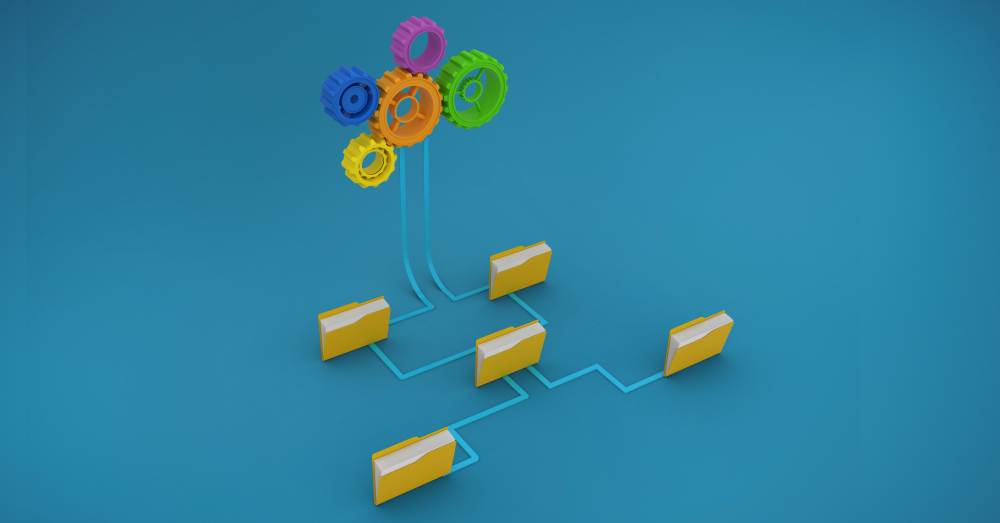Critical path focuses on task dependencies and project duration. Critical chain considers resource constraints for efficient project completion.
TL;DR Critical path project management Vs. Critical chain project management
Critical path project management is based on the longest sequence of tasks in a project schedule. It identifies the tasks that must be completed in order to meet deadlines and determines the overall project timeline.
This approach emphasizes task dependencies and resource allocation.
Critical chain project management takes into account both task dependencies and resource constraints. It recognizes that uncertainties and delays can occur during a project and incorporates buffers to protect against these issues.
By focusing on managing resources effectively, it aims to improve overall efficiency.
What is the critical path project management (CPM)?

The critical path refers to the longest sequence of tasks within a project that must be completed in order to meet the project’s deadline. These tasks are known as “critical” because any delay or disruption along this path will directly impact the overall timeline.
To determine the critical path, project managers typically use techniques such as network diagrams or Gantt charts. These tools allow them to visualize all of the various tasks involved in a project and map out their dependencies.
What is the critical chain project management (CCPM)?

Critical chain project management (CCPM) is a project management approach that focuses on managing and optimizing the resources in a project to ensure efficient and timely completion.
Unlike traditional approaches, CCPM emphasizes resource availability rather than task dependency.
In CCPM, tasks are scheduled based on when their required resources will be available, rather than solely relying on dependencies between tasks. This allows for better resource allocation and reduces the likelihood of bottlenecks or delays caused by resource constraints.
Critical path project management Vs. Critical chain project management – Key differences
| Aspect | Critical Path Project Management | Critical Chain Project Management |
|---|---|---|
| Focus | Task dependencies and timeline | Resource constraints and task performance |
| Priority | Time-driven | Resource-driven |
| Buffer Management | Project has buffers (float) | Buffers are aggregated and shared |
| Resource Allocation | Less emphasis on resource constraints | Resource availability is a primary concern |
| Task Duration Estimation | Often uses single-point estimates | Uses probabilistic estimates, considers uncertainty |
| Task Padding | Padding of task durations is common | Reduces or eliminates task padding |
| Multi-Tasking | Tasks often worked on simultaneously | Limits multitasking to improve focus and efficiency |
| Buffer Utilization | Buffers may not be fully utilized | Buffers are protected for project uncertainties |
| Task Dependencies | Focus on task dependencies and sequencing | Focus on ensuring resources are available |
| Project Control and Variability | Variability is primarily managed through buffers | Variability is managed through resource buffers |
| Risk Management | Risks managed through buffer protection | Risks managed through resource allocation |
Benefits of Critical path project management
- Efficient Time Management: CPM helps identify the shortest path and sequence of tasks, ensuring efficient use of time and timely project completion.
- Clear Task Prioritization: Tasks on the critical path are prioritized, ensuring that delays in these tasks directly impact project timelines.
- Optimized Resource Allocation: CPM assists in identifying resource requirements, preventing over-allocation or under-utilization of resources.
- Effective Task Scheduling: Task dependencies are clearly defined, ensuring tasks are scheduled in a logical sequence, reducing rework and confusion.
- Visibility and Transparency: CPM provides a visual representation of project timelines and dependencies, enhancing transparency for stakeholders.
- Early Problem Detection: Identifying critical tasks helps in early detection of potential delays or roadblocks, allowing timely corrective actions.
- Risk Management: CPM helps assess the impact of task delays and uncertainties, enabling better risk management and mitigation strategies.
- Effective Communication: Visual project schedules facilitate communication among team members, stakeholders, and management.
- Improved Accountability: Clear task sequencing and timelines help assign accountability for specific tasks, promoting ownership and responsibility.
- Baseline for Measurement: CPM provides a baseline to measure project progress against, making it easier to track and evaluate project performance.
Benefits of Critical chain project management
Focused Resource Management: CCPM emphasizes resource constraints, ensuring optimal use of limited resources without overloading them.
- Reduced Task Padding: By eliminating individual task buffers, CCPM minimizes the tendency to pad task durations, leading to more accurate project timelines.
- Enhanced Task Prioritization: CCPM focuses on prioritizing tasks based on their impact on the critical chain, ensuring timely project completion.
- Buffer Consolidation: Buffers in CCPM are aggregated and shared, allowing greater flexibility in managing project uncertainties.
- Improved Multi-Project Management: CCPM can be effective in managing multiple projects by considering resource availability across projects.
- Minimized Student Syndrome: Team members are incentivized to complete tasks closer to their promised completion times, reducing procrastination.
- Better Risk Management: CCPM’s emphasis on buffers helps manage uncertainties, providing a cushion for unexpected delays or disruptions.
- Enhanced Collaboration: The focus on resource constraints encourages collaboration and communication among team members.
- Predictable Project Completion: CCPM’s holistic approach to resource and task management enhances predictability in project completion.
- Reduced Project Delays: By concentrating on the critical chain, CCPM minimizes delays and reduces the overall project timeline.
Image Credits
Featured Image By – rawpixel.com on Freepik
Image 1 By – creativeart on Freepik
Image 2 By – creativeart on Freepik









